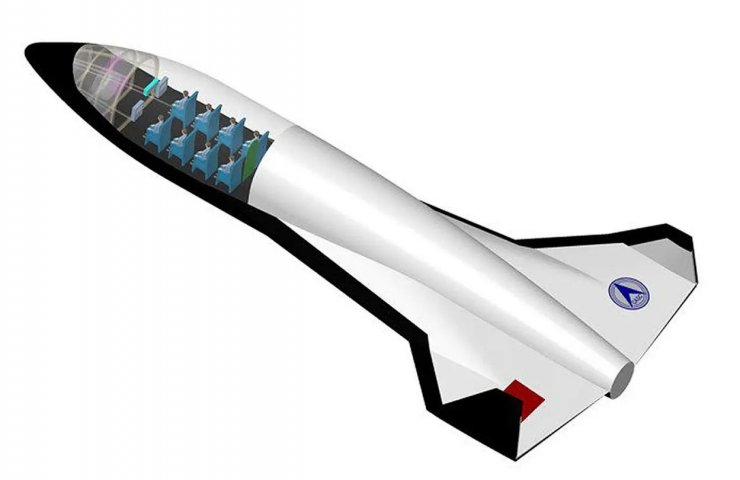China successfully tests reusable suborbital ship
China has successfully tested a reusable suborbital spacecraft, according to the China Corporation of Space Science and Technology (CASC).
The ship took off on the morning of Friday, July 16, from the Jiuquan cosmodrome in Gansu province and, after completing the flight program, made a safe horizontal landing at the Alashan-Yuqi airfield in the Inner Mongolia Autonomous Region in the north of the country, the Xinhua news agency quoted CASC statement ... The name of the ship, the duration of the flight and other details have not yet been disclosed.
Where Earth's atmosphere ends and space begins is a moot point, but the so-called Karman Line, which sits at an altitude of about 62 miles, is the definite boundary of space in common use. While "suborbital" can mean anything below that, the term is commonly used for flights that reach the edge of that line.
Back in 2016, the company outlined plans for a vehicle that would first be accelerated by a traditional space rocket and accelerated the rest of the way with a secondary booster.
The corporation said that the development of reusable space transportation technologies is a sign of "China's transformation from a space power into a great space power.
